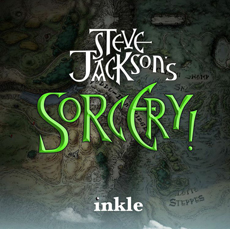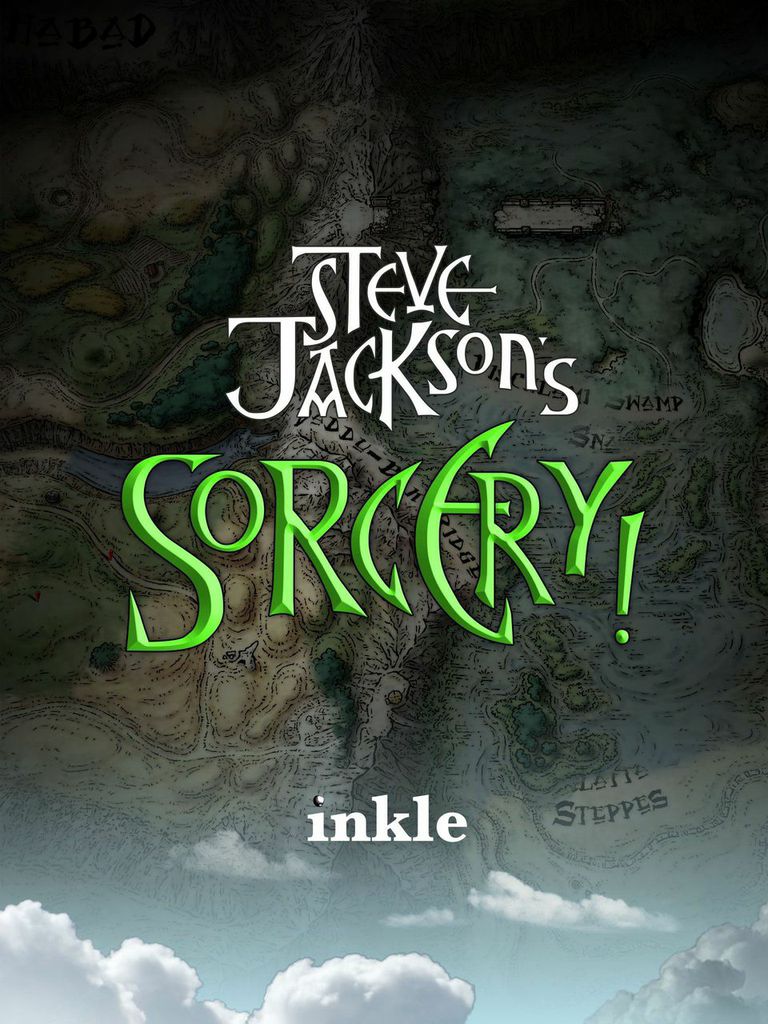
 Review Fix chats with video game developer Jon Ingold, who discusses the third episode of Steven Jackson’s book series, turned video game “Sorcery!†More than a digital book, publisher inkle has brought the series, originally published in the ‘80s, alive in more ways than one on the iPad. Discussing the development process, as well as its goals, Ingold lets us know what fans of the series should expect.
Review Fix chats with video game developer Jon Ingold, who discusses the third episode of Steven Jackson’s book series, turned video game “Sorcery!†More than a digital book, publisher inkle has brought the series, originally published in the ‘80s, alive in more ways than one on the iPad. Discussing the development process, as well as its goals, Ingold lets us know what fans of the series should expect.
Review Fix: What was the development process like this time around?
Jon Ingold: Development’s been a little strange on this game, as we took about six months off in the middle to make “80 Days†– and when we came back to Sorcery, a lot of ideas had evolved and changed! Also, in that time, there’s been a lot of under-the-hood technology changes.
The biggest of these is our new shader technology, originally developed for styling the globe in “80 Days,†but now being used to seamlessly blend two hand-drawn maps to create a dynamic, shifting, time-traveling world for the player to explore.
We’ve also added the ability to “stack” sections of interactive story inside each other – players won’t notice the difference, but it means we can have enemies that follow you around, appearing in different places, as well as things like flashbacks, flash-forwards, interactive visions, side-conversations with buddy characters and more – and you’ll see all of these in play.
Review Fix: What did you guys learn from first two installments of the series?
Ingold: The tone and feel of Sorcery! has been developing non-stop since we started. Part 2 really showed us that people (including Steve Jackson himself!) loved the new content, they loved the expanded world, and the extra material beyond the original books. We also started to see people enjoying interacting with the curious and weird characters in the world. So we’ve got a lot more of that in Part 3.
The other big thing has been seeing just how mean we can be to players – Sorcery! is all about placing opportunities under the player’s nose and then cruelly snatching them away; it’s about tricks, and traps; and it’s been great seeing just how much players will take and still enjoy their experience!
Review Fix: How do you think it bettered episode 3?
Ingold: Episode 3 is bigger, slicker and more dynamic than any part so far. The big change is the open exploration feature – you can now go from anywhere to anywhere by any route you like; there are no fixed paths and no forced tunnels. Explore every cranny or steam through, it’s up to you, there’s no right way to play.
That’s meant changing the way we make everything about the game – from dynamic times of day to adding different kinds of traversal – but we think it’s really paid off.
Review Fix: What else is different about this game?
Ingold: The biggest new feature is the beacons of time that let you change the world that you’re exploring. But… we’ll leave you to discover those for yourself.
We’ve also got new enemies, new Gods, and seven deadly serpents who are the toughest monsters we’ve yet pitted the player against. And there’s lots more crazy spell-casting, untrustworthy locals, traps and treasures to find.
Review Fix: Do you have to play the first two episodes to really enjoy episode 3?
Ingold: Because the game is fully adaptive, it knows if you’ve played the earlier parts, and you’ll get a slightly different story if you have. So new players can jump straight in and expect a great experience, but returning players will see the weight of their previous decisions really influencing what happens.
Review Fix: Who do you think will enjoy this episode the most?
Ingold: We try to make every part appeal to a broad range of players – explorers who want to find every secret, to advancers who want to see the story without slowing down. Hopefully both will have a great time.
But for me, the best way to play, is to try and get every last one of the Seven Serpents. Some are quite challenging, and anyone who can defeat all seven should feel pretty proud.
Review Fix: What’s next?
Ingold: Sorcery! 4 – the final part.


Leave a Reply